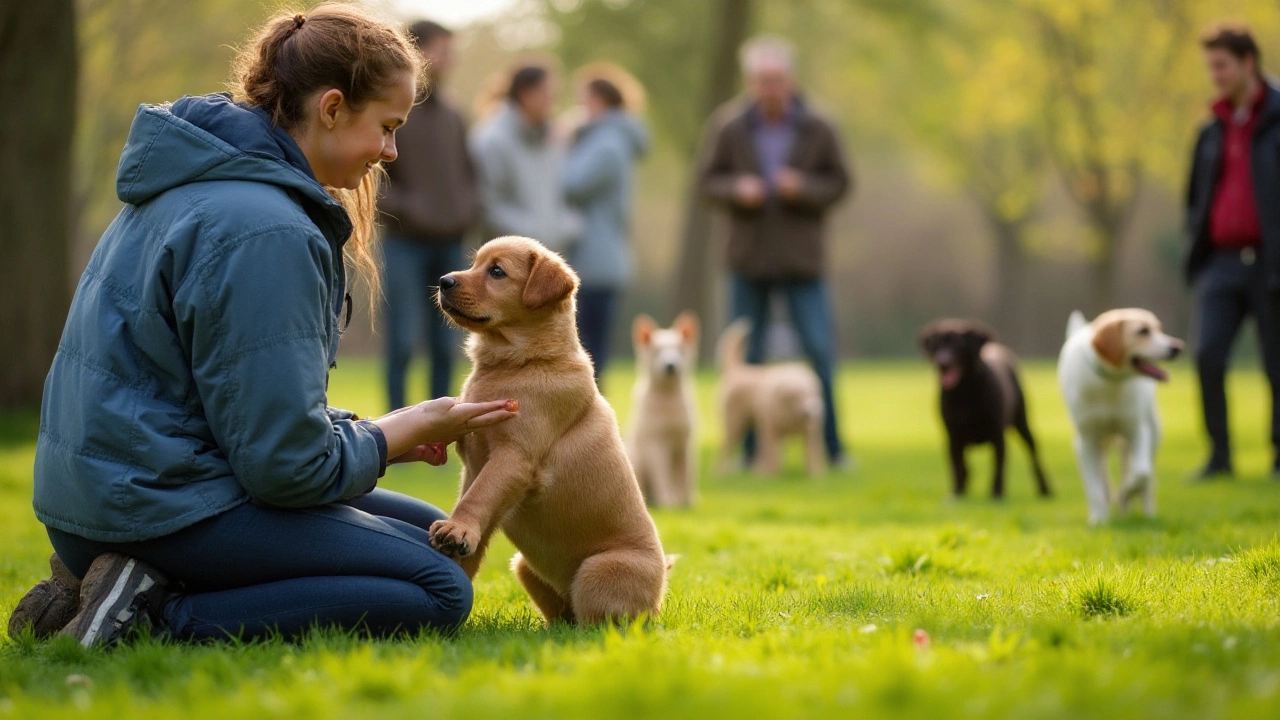Stop Biting: Simple Ways to End Your Dog’s Nipping
If your dog snaps at hands, toys, or other dogs, you’ve probably felt a mix of surprise and frustration. Biting isn’t just a safety issue; it can damage the bond you share. The good news is you can change the behavior with clear, consistent steps. Below are the most effective tactics you can start using today.
Understand Why the Bite Happens
Dogs bite for a handful of reasons. Most puppies bite because they’re teething and exploring with their mouths. Older dogs might bite out of fear, excitement, or to protect something they value. Knowing the trigger helps you pick the right solution. Watch the situation: does the bite happen during play, when a stranger approaches, or when you’re trying to put a leash on? Write down the pattern for a week – it’s easier to fix a problem you can see clearly.
Teach a Gentle Mouth
One of the oldest training tricks is “bite inhibition.” When your pup snaps during play, let out a sharp “ouch” and stop the game for a few seconds. The pause tells the dog that biting ends the fun. After a short break, invite play again. Consistency is key – every bite gets the same reaction.
For older dogs, replace the bite with a command. Ask for “sit” or “down” the moment the mouth opens too hard. Reward the calm response with a treat or a quick pet. Over time the dog learns that keeping its mouth closed earns a better outcome than snapping.
Redirect energy to appropriate chew toys. Keep a basket of safe toys near you when you’re on the floor with your dog. If the bite starts, hand over a chew toy and say, “Take that.” The dog gets something it can bite without hurting anyone.
Manage the Environment
Prevent situations that set your dog up for a bite. If your pup gets overexcited when guests arrive, ask visitors to ignore the dog until it settles. Teach the dog to go to a mat or bed during door activity. This removes the high‑energy trigger and gives the dog a calm spot.
Keep your hands away from the mouth during training. Use a clicker or a marker word to let the dog know when it’s doing the right thing, then reward with a treat. Hands become a cue for good behavior, not a toy.
Use Positive Reinforcement
Reward calm mouth ownership every time you see it. A quick “good calm” and a treat reinforce the behavior you want. The brain loves rewards, so it will repeat the calm action to get more treats.
If you catch the dog before a bite, give a gentle “no bite” cue and point to a toy or a chew. This pre‑emptive redirection works better than punishing after the bite, which can increase fear.
When to Get Professional Help
Some bites stem from deep fear or aggression. If your dog snaps at strangers, other animals, or shows growling that escalates, consider a qualified trainer or behaviorist. They can run a risk assessment and give you a tailored plan.
In rare cases, medical issues cause sudden biting. Pain in the teeth, ears, or joints can make a dog snap unexpectedly. A vet check‑up rules out health problems before you focus on training.
Stopping biting takes patience, but the payoff is huge. A dog that knows its mouth is safe to be around becomes a happier companion and a proud family member. Start with the steps above, keep the routine steady, and celebrate each small win. Your dog will learn quickly that a calm mouth means more fun, treats, and love.

Effective Techniques to Stop Dog Biting Behavior
Training a dog to stop biting revolves around understanding their behavior and applying consistent training techniques. Early socialization is crucial to teach puppies bite inhibition, creating an environment that promotes positive interactions. Adults dogs can also learn through patient, gentle correction and rewarding desired behaviors. This guide provides practical steps and tips for anyone looking to manage their dog's biting, focusing on empathy and clear communication.
View more